Day 10 – Walking with Giraffes & Cows
Eagle’s Nest, Buzaniro village, and a walking safari with giraffes in Lake Mburo National Park
Table of Contents
I woke early in my safari tent, wrapped in the stillness of the hilltop air. Eagle’s Nest is exactly that—a quiet perch above Lake Mburo, where you feel as if you’re sitting on the edge of the world. The view was slightly misty but utterly breathtaking. I sat in the silence and said a quiet thank you. To God, for this beautiful country. For the opportunity to be here. And for the kindness of the people around me.
I thought about Alex and Alphonse—both so generous and deeply rooted in their mission. Alphonse in particular has a calm steadiness about him, a quiet faith that seems to shape every interaction. Alex is passionate and driven, with a spark that’s clearly been forged through resilience. Together, they are creating something remarkable.
Hope in Action: Buzaniro Dream Village
Alphonse had told me about their work in Buzaniro village—a rural community where people used to walk four hours down the steep mountain just to collect water, and another four to return. But instead of showing up with solutions, they started by asking questions. They listened. They built trust. Then they worked side by side with the community to design rainwater harvesting systems with concrete filters—so the collected rain could be safely used at home.
Next came fruit trees. These not only provide food but can be sold for income, and they reduce the risk of soil erosion and mudslides. It’s such a clever, interconnected system: when trees are valued, they’re not cut for firewood. When water is close, children can go to school. When people grow their own food, they eat better—and can earn more.
Then came the rabbits. A family receives one male and two female rabbits, plus a hutch. They provide protein, breeding income, and a sense of dignity. It’s simple. Sustainable. Smart. Hope in action.
Walking with Giraffes in Mburo
After breakfast, we drove back into Lake Mburo National Park and picked up our armed ranger and guide. We parked up and set off on foot—a walking safari to see giraffes in the wild. It’s hard to describe what it feels like to walk quietly through open savannah and suddenly find yourself just metres away from these towering, gentle creatures.
They were heading to the swamp for water, as it’s been especially dry since May. Many of the watering holes have dried up, and the lake is too far for some animals to reach. I learnt that zebras can be so territorial they might never even discover it. The rangers dig artificial watering spots and even bring in tankers of water when needed. One giraffe felt safe enough to spread its legs and lower itself to lick minerals from the dried muddy ground—a vulnerable position, and a rare sight.
Our guide shared fascinating facts: these are Rothschild’s giraffes, a vulnerable subspecies, and more than 100 now live in the park thanks to reintroduction efforts that began in 2015. They were brought here from Murchison Falls National Park, and they’re thriving. The darker the patches, the more dominant the male, which have three horns. The tufts on young giraffes’ horns make it easier to tell their age. And those acacia trees they love to eat? Spiky enough to be used as toothpicks, sewing needles—or for tattoo-style skin scarification by local tribes.
A Connection Beyond Words
We followed a huge male giraffe—the “main man,” our guide called him. His dark brown markings and towering stature made him the king of his patch. At one point, we watched as several giraffes simply strolled past us, utterly unbothered. Their presence was so calm, so elegant. I felt small, but in the best way.
A Bucket List Moment: Milking an Ankole Cow
Later that afternoon, Alphonse and Alex had surprised me with something unexpected—and unforgettable. They’d heard (somehow!) that I’d always, somewhat randomly, wanted to milk a cow. And not just any cow… they arranged for me to milk one of Uganda’s majestic Ankole longhorns.
We visited a local family who keep these iconic cattle, and were warmly welcomed before being led off across the hills by two young boys. They knew exactly where the herd would be. Sure enough, after a short climb, we found them: a group of elegant Ankole cows with their impossibly long, sweeping horns—shaped like something from an ancient painting. As they get older the horns start to form a heart shape.
The boys tied the back legs of one cow gently but firmly, and showed me what to do. I crouched down, a little nervous, and reached out. With their guidance, I began to milk. The warm stream, the earthy smell of the cow, the morning light—it was all so grounding and surreal.
They explained how milk is traditionally stored, how it’s turned into yoghurt, and the importance of cattle not just for nutrition, but for family income and pride. I left the hills beaming. That moment—milking an Ankole cow in rural Uganda—wasn’t just a tick on a list. It was connection. With the land. With people. With a slower, simpler rhythm of life. Thank you to my amazing guides Alphonse & Alex.
🌍 Travel Tip of the Day: Walking Safaris at Mburo
- Giraffes are easier to track on foot here because there are no lions or elephants in the park
- Bring water, good walking shoes and sun protection—sightings often involve a bit of hiking
- Ask about the giraffe conservation success story—Lake Mburo is a brilliant case study
💛 Personal Reflection
Some days imprint themselves on your heart. Today was one of those.
From the quiet gratitude of a misty morning to the steady, thoughtful change happening in Buzaniro, to walking among giants in the morning sun—everything felt deeply connected. Nature, people, stories, and purpose.
Tomorrow: our final day, and time to return to Kigali. But I wasn’t quite ready to leave.

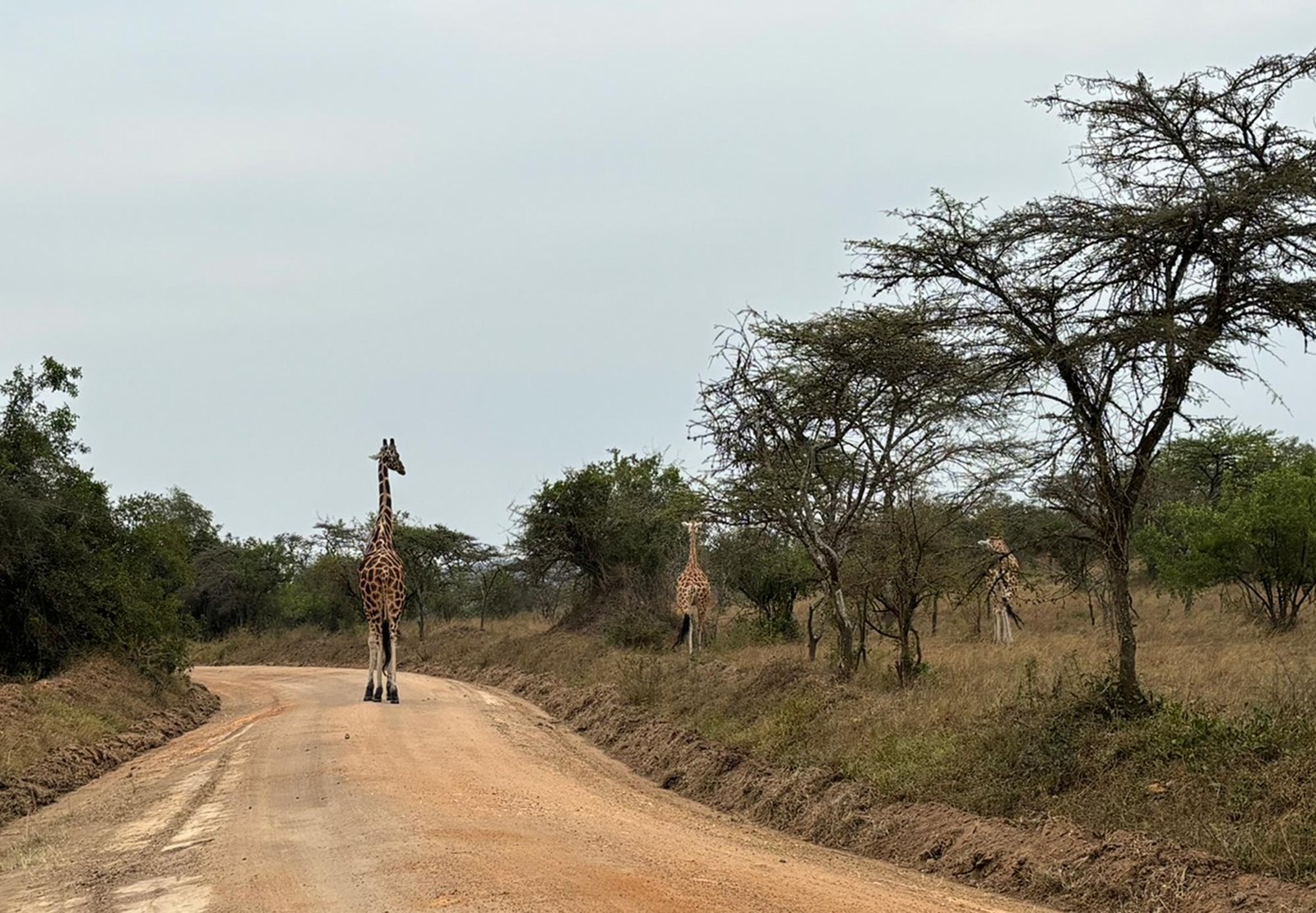
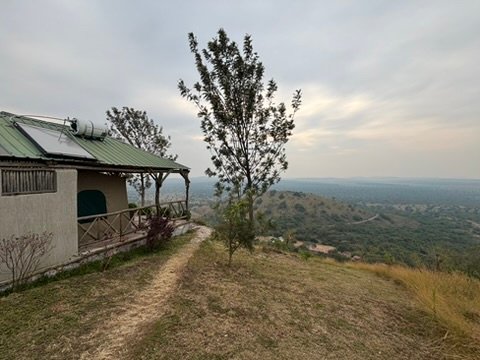
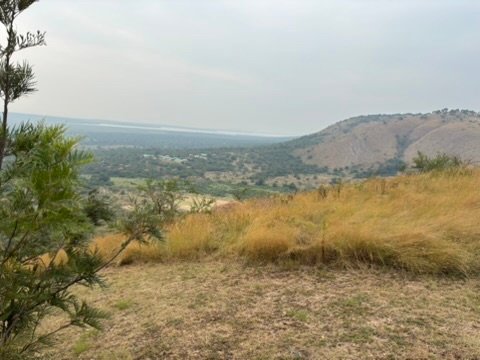
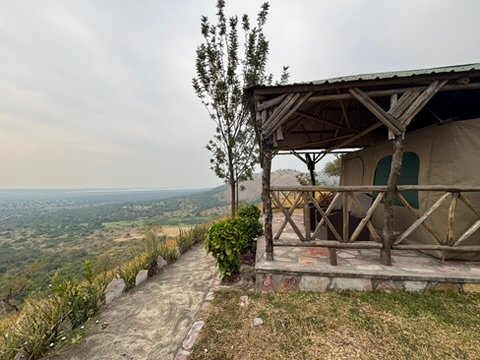
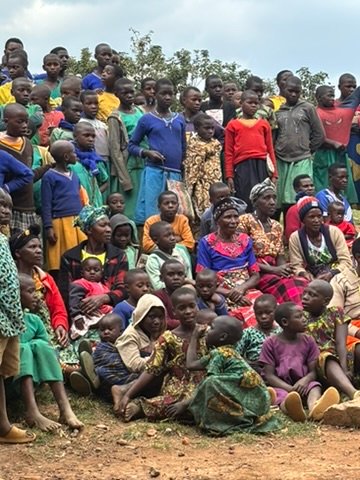
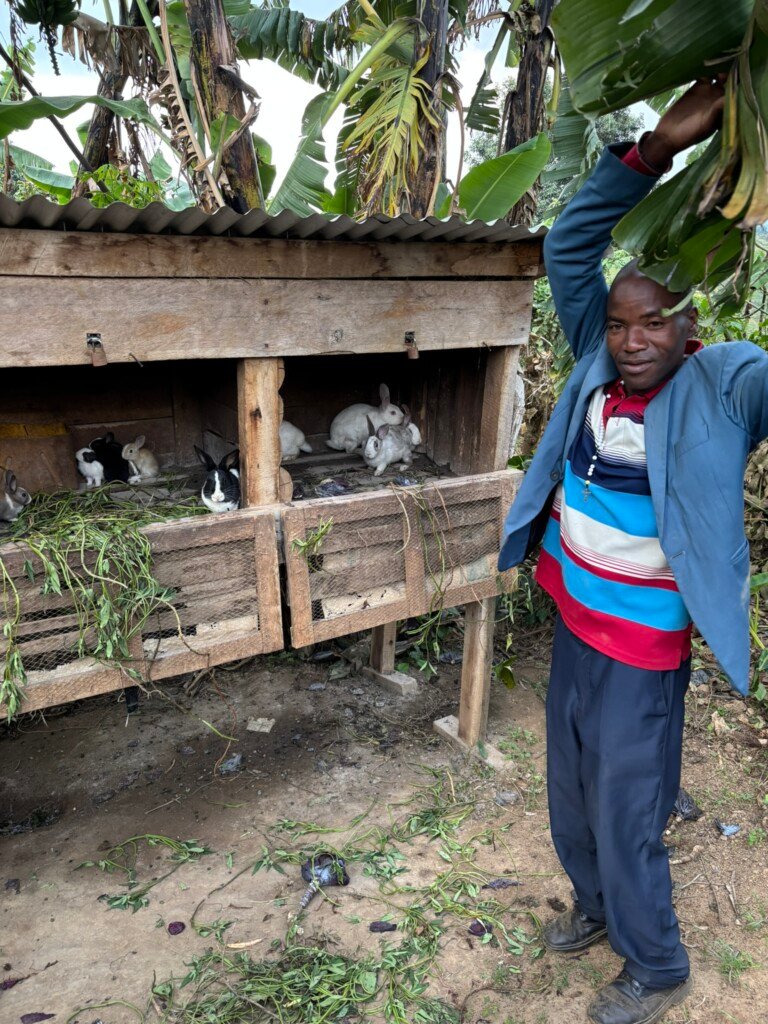
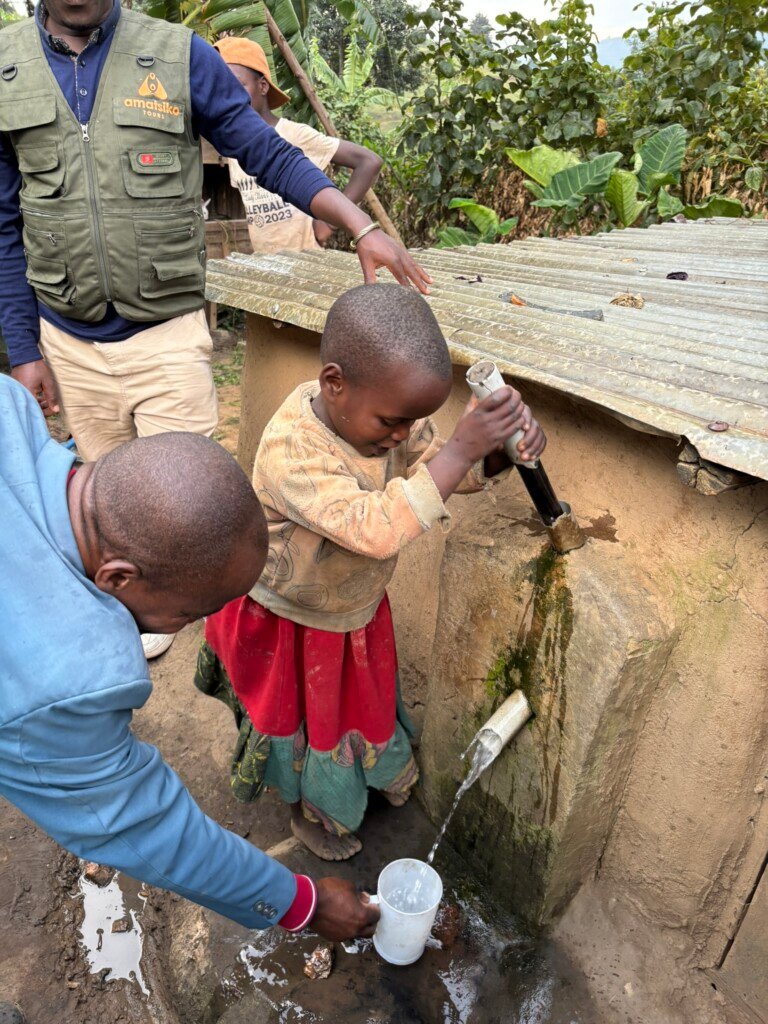
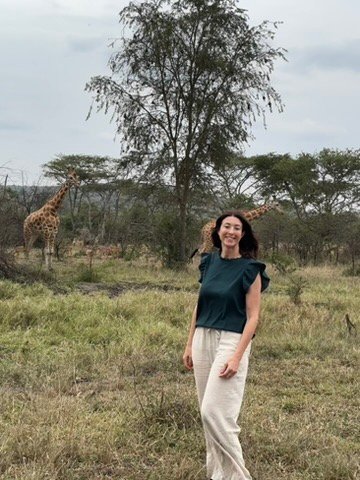
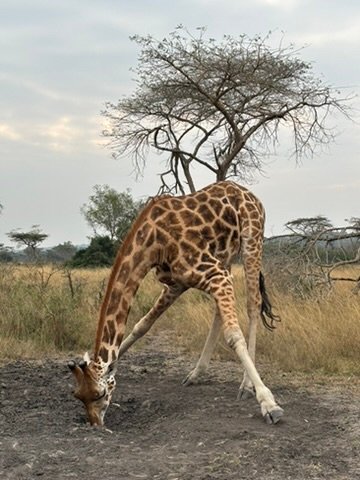
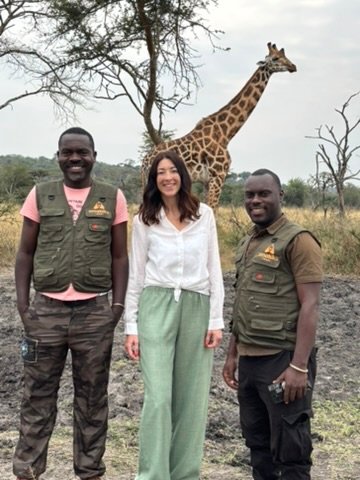
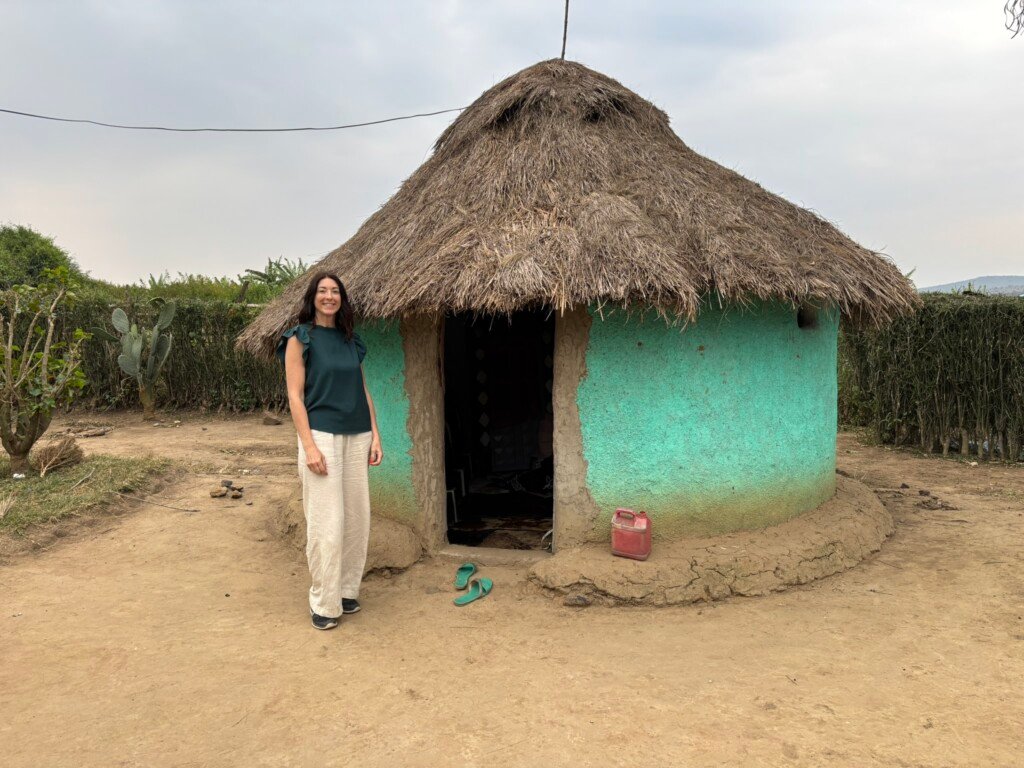

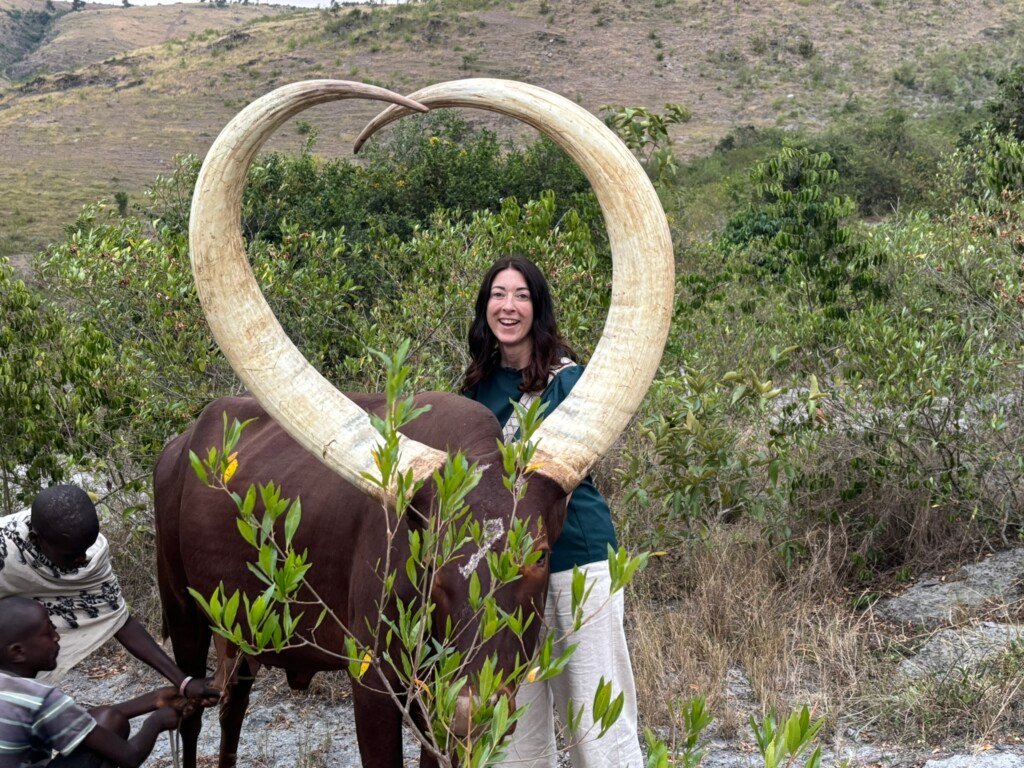

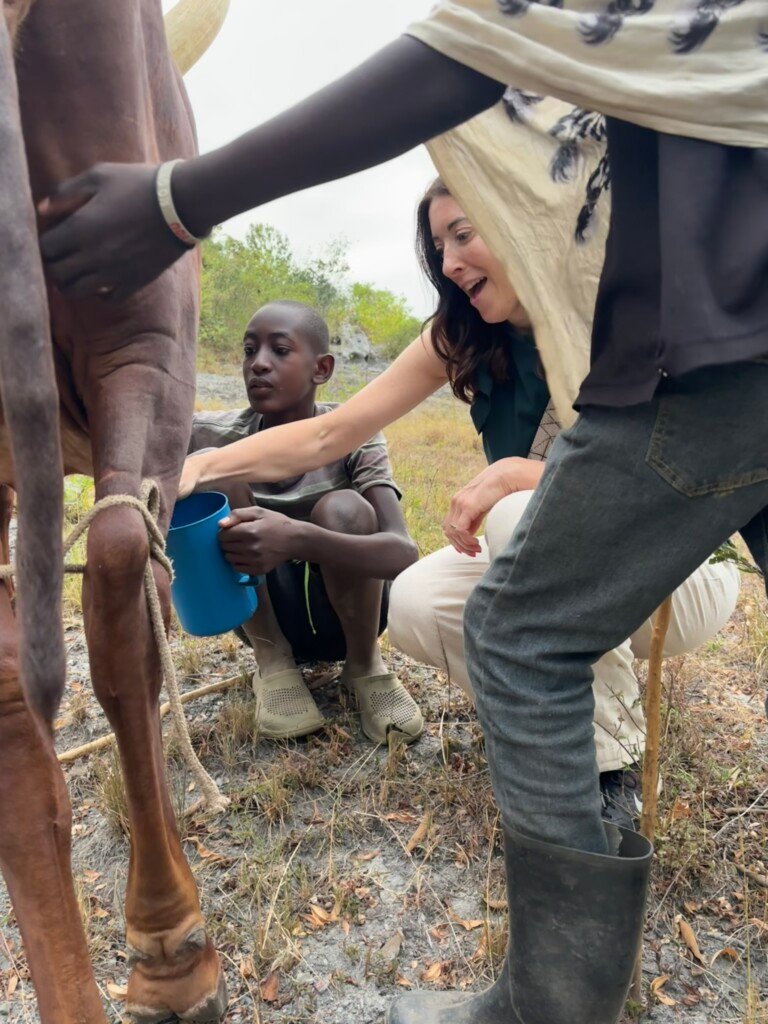
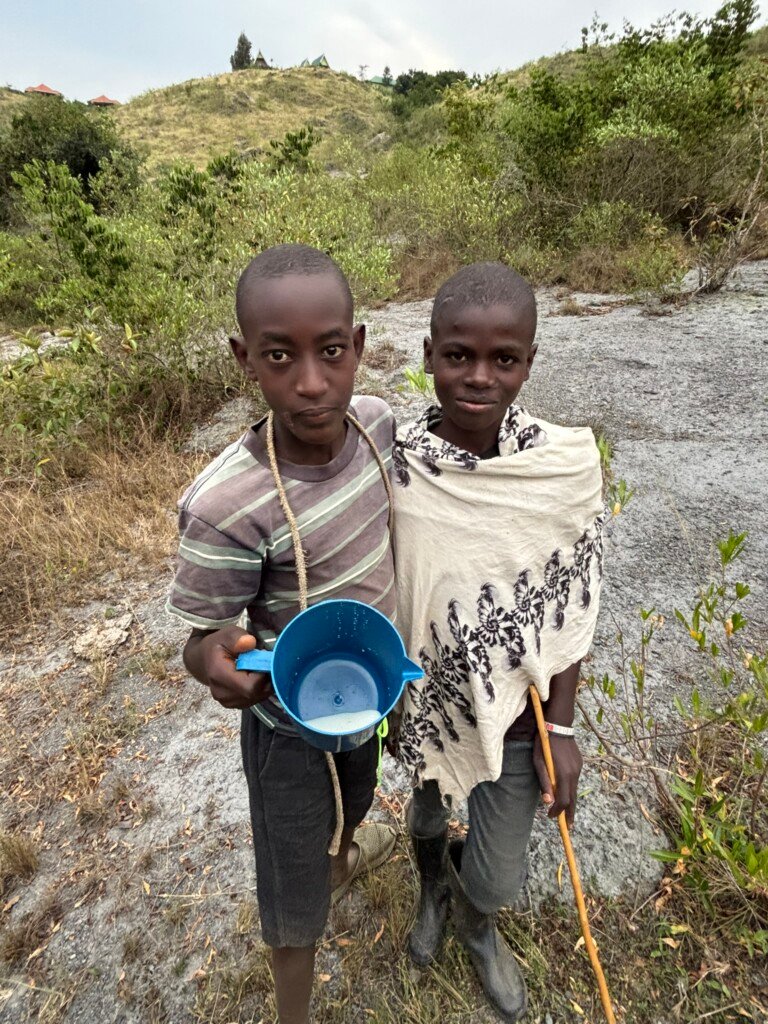
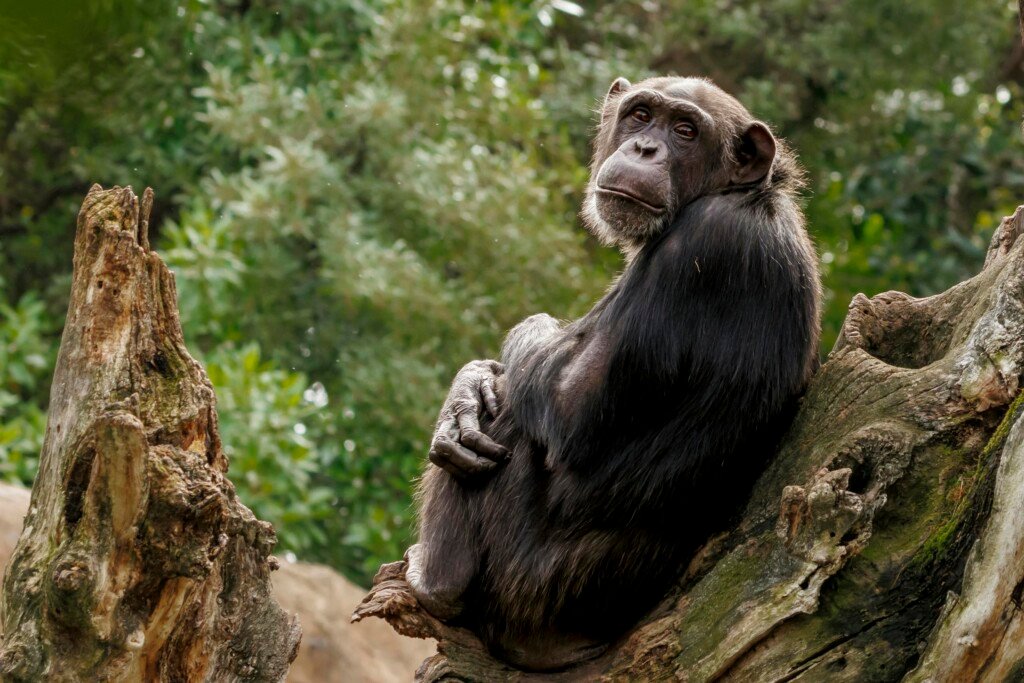
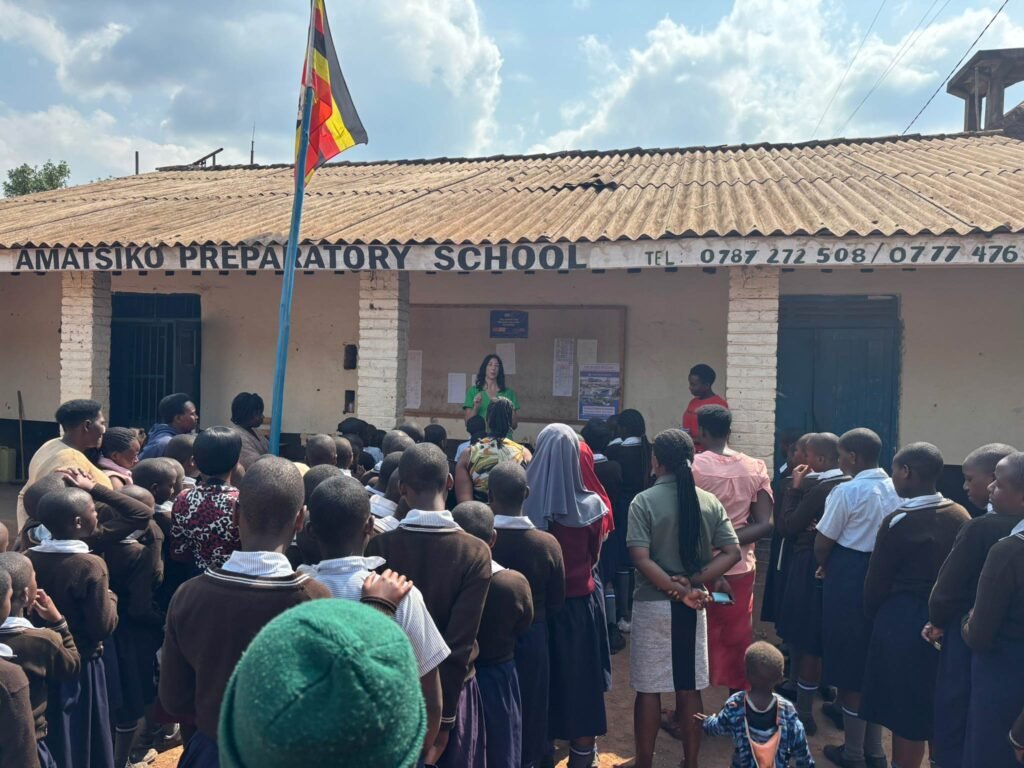
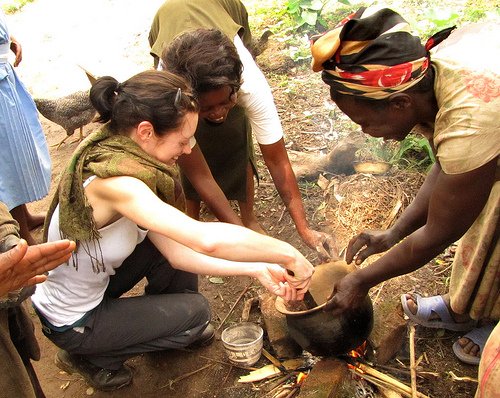


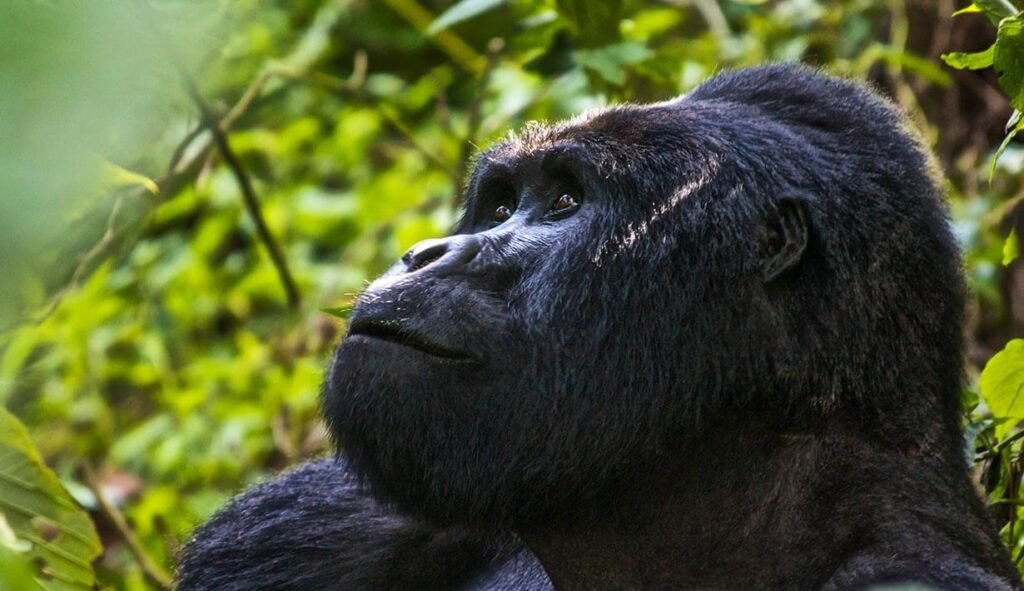

2 Comments